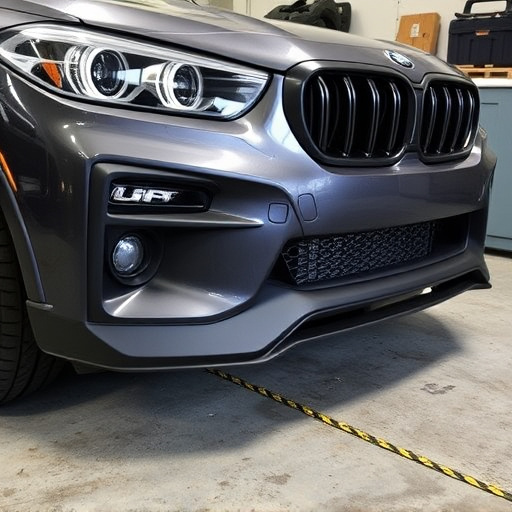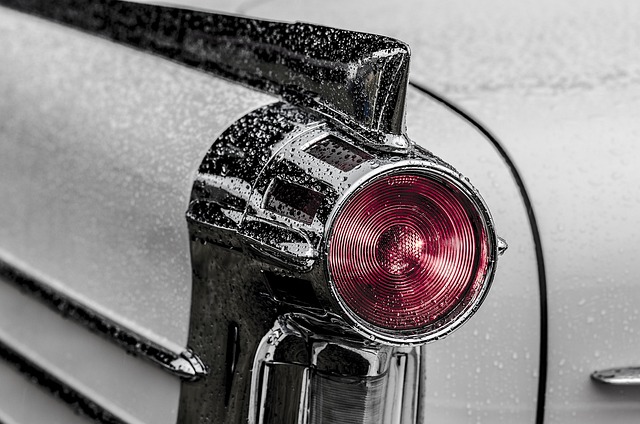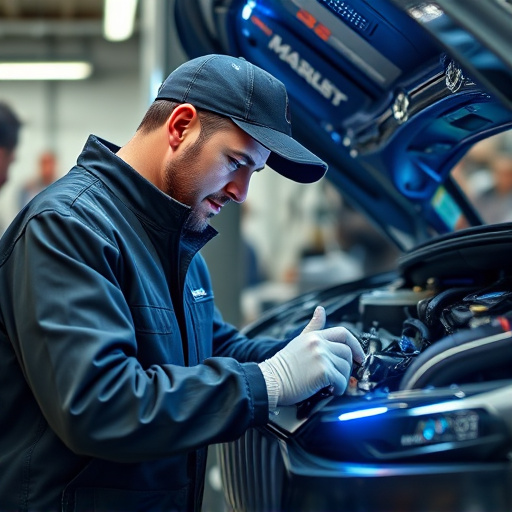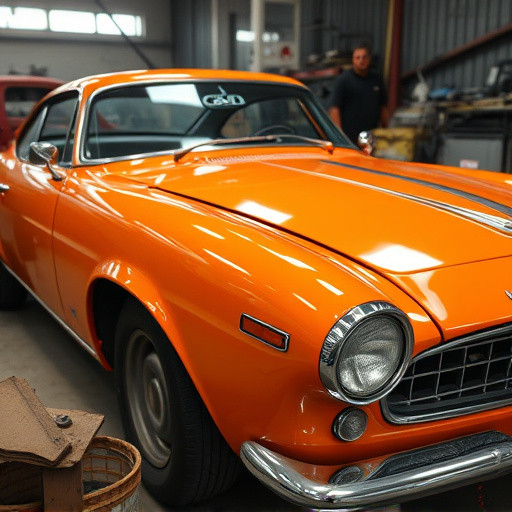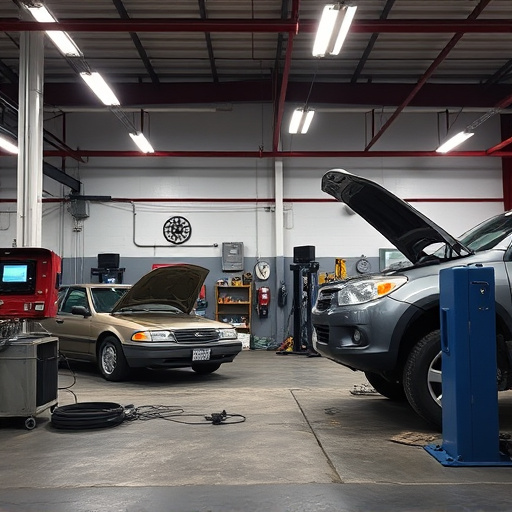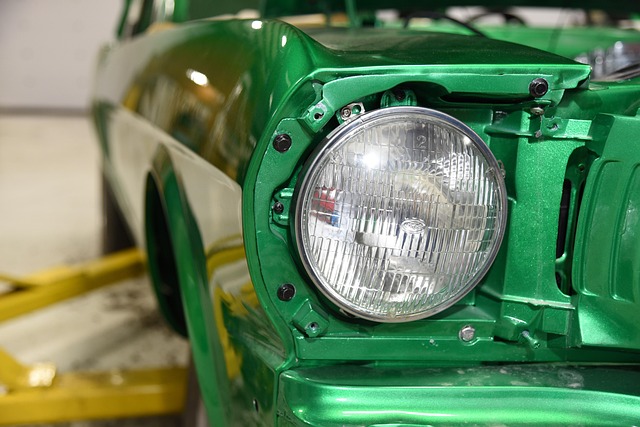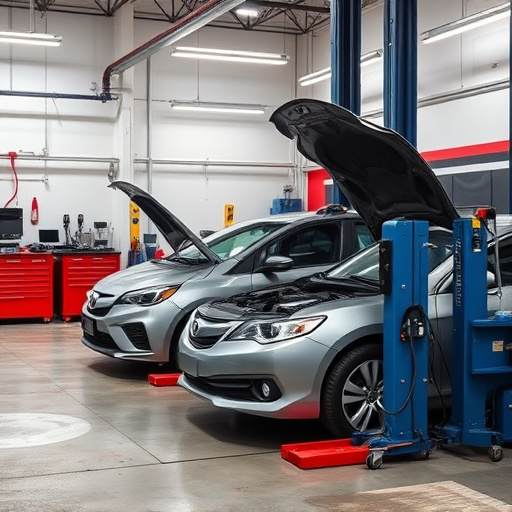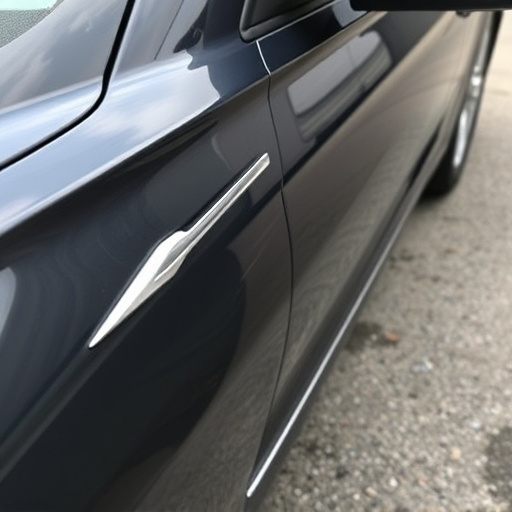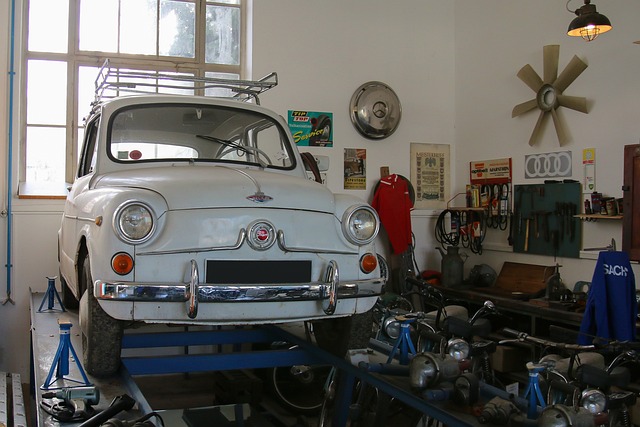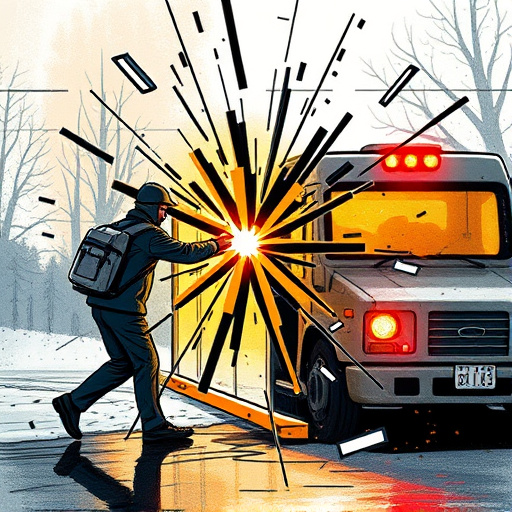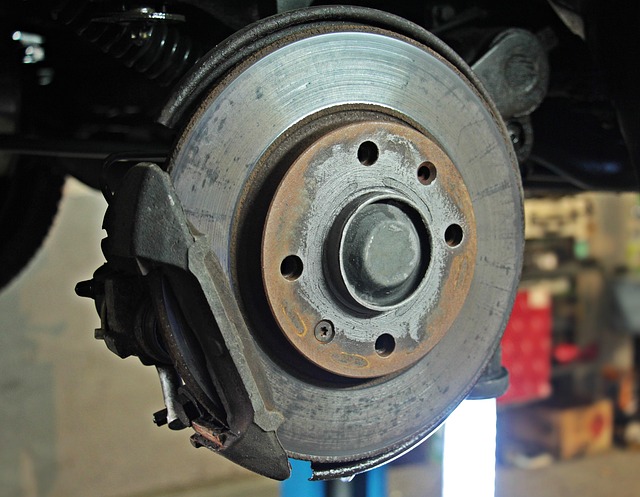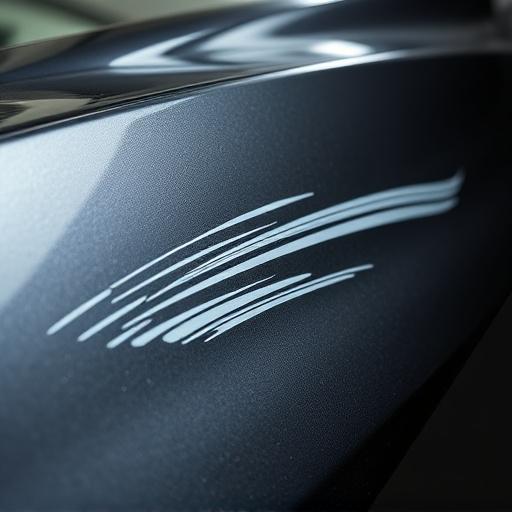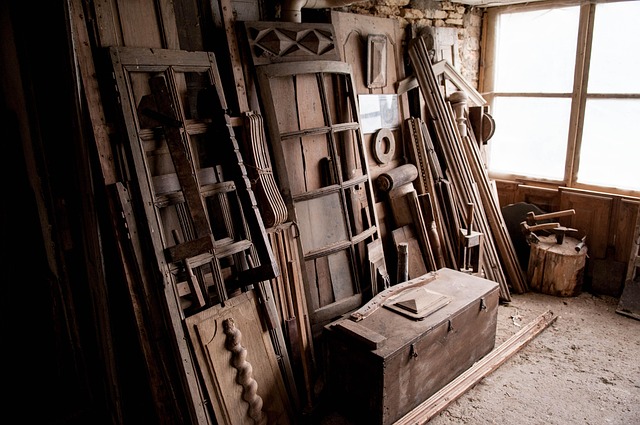Detailing after a collision is key to maximizing resale value by mitigating damage effects. Skilled technicians repair visible and invisible marks, enhancing condition and perceived value. Proper detailing boosts market appeal, especially for classic cars, and prevents rapid depreciation, ensuring vehicles present as almost new and attracting premium buyers.
After a collision, the resale value of a vehicle can take a hit. This article explores the impact of detailing on recovering that value. We delve into the intricate relationship between post-collision repairs and vehicle condition, focusing on how professional detailing serves as a powerful tool for restoration. From aesthetics to structural integrity, learn how meticulous detailing can influence buyer perception and ultimately, resale price.
- Understanding the Resale Value Landscape After Collisions
- The Role of Detailing in Restoring Vehicle Condition
- Long-Term Effects of Detailing on Resale Consideration
Understanding the Resale Value Landscape After Collisions
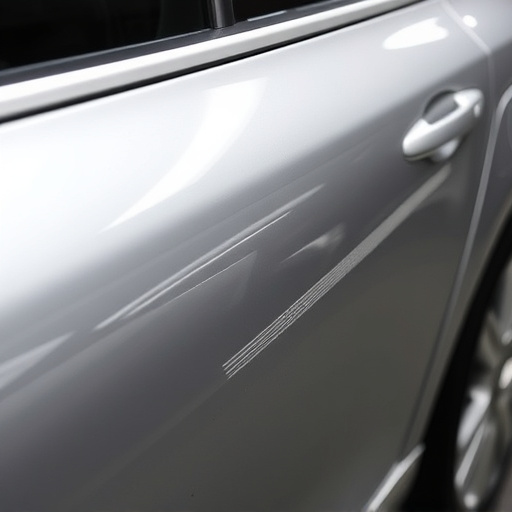
In the competitive automotive market, every dollar counts when it comes to reselling a vehicle. Understanding the resale value landscape after collisions is essential for both car owners and dealers alike. When a vehicle experiences a collision, the impact can leave visible and invisible marks, affecting its overall condition and perceived value. Detailing after collision plays a pivotal role in mitigating these effects. Skilled technicians can assess and repair various damages, from minor dents and scratches to more severe structural issues, ensuring the vehicle returns to its pre-accident condition or even surpasses it through meticulous car paint repair and meticulous vehicle repair processes.
By focusing on detailed restoration, potential buyers are less likely to discern previous collision damage. This enhances the resale value by presenting a vehicle that appears virtually pristine. Moreover, the process involves not just fixing visible imperfections but also correcting underlying issues, such as misaligned panels or compromised structural integrity, through expert car dent repair techniques. Ultimately, a well-details vehicle commands higher selling prices, ensuring better returns for owners and fostering trust among prospective buyers in the resale market.
The Role of Detailing in Restoring Vehicle Condition
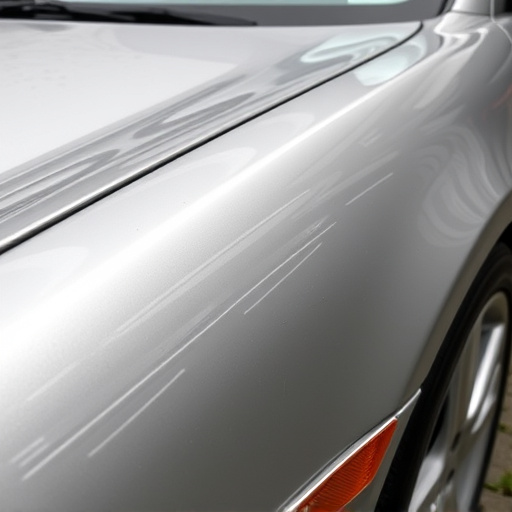
Detailing plays a pivotal role in restoring vehicles to their pre-collision condition, which is essential for maintaining or enhancing resale value. Beyond fixing structural damage, auto body services often include meticulous detailing to ensure every surface shines and looks like new. This involves not just cleaning but also polishing, waxing, and applying protective coatings to the exterior paintwork, ensuring it glistens and protects against future debris and UV damage.
Similarly, vehicle restoration encompasses detailed interior cleaning, treatment of fabrics, leather conditioning, and even meticulous attention to hard surfaces. Fleet repair services recognize that proper detailing not only improves the aesthetics but also adds value by preserving the vehicle’s condition, which is crucial for businesses aiming to maximize their investment in their fleet. This thorough process ultimately contributes to a higher resale value, making it an indispensable step after any collision.
Long-Term Effects of Detailing on Resale Consideration
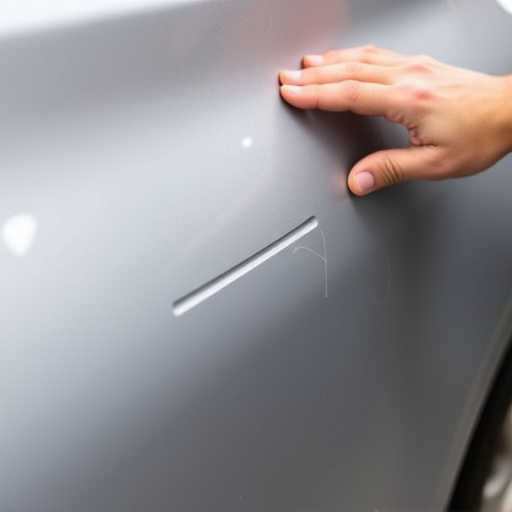
The long-term effects of detailing after a collision can significantly impact a vehicle’s resale value, often in unexpected ways. While immediate repairs are crucial for safety and structural integrity, the aesthetic restoration that follows plays a vital role in determining future ownership decisions. A well-detailed car, where scratches and dents have been expertly repaired, presents as almost new, capturing the interest of potential buyers who value perfection. This meticulous process can add considerable value to the vehicle’s market position, especially for classic car enthusiasts who appreciate the art of restoration.
In contrast, neglecting detailing post-collision might lead to a rapid depreciation of the car’s worth. Even with structural repairs, a car that bears visible signs of damage may be perceived as less desirable. Car body restoration techniques, when executed by professionals, can bring a vehicle back to its pre-accident condition, enhancing its resale considerations. This includes not just scratch repair but also ensuring every panel is aligned perfectly, providing a seamless and stunning exterior that commands premium prices on the market.
Detailing after a collision plays a pivotal role in enhancing a vehicle’s resale value. By restoring the vehicle’s condition, detailed repairs not only improve its aesthetic appeal but also mitigate long-term effects of the crash. This investment can significantly impact future sales, ensuring top dollar for owners and fostering trust among potential buyers who appreciate transparency and quality restoration. Effective detailing after collision is thus a game-changer in the resale landscape, acting as a powerful tool to maximize vehicle value.
